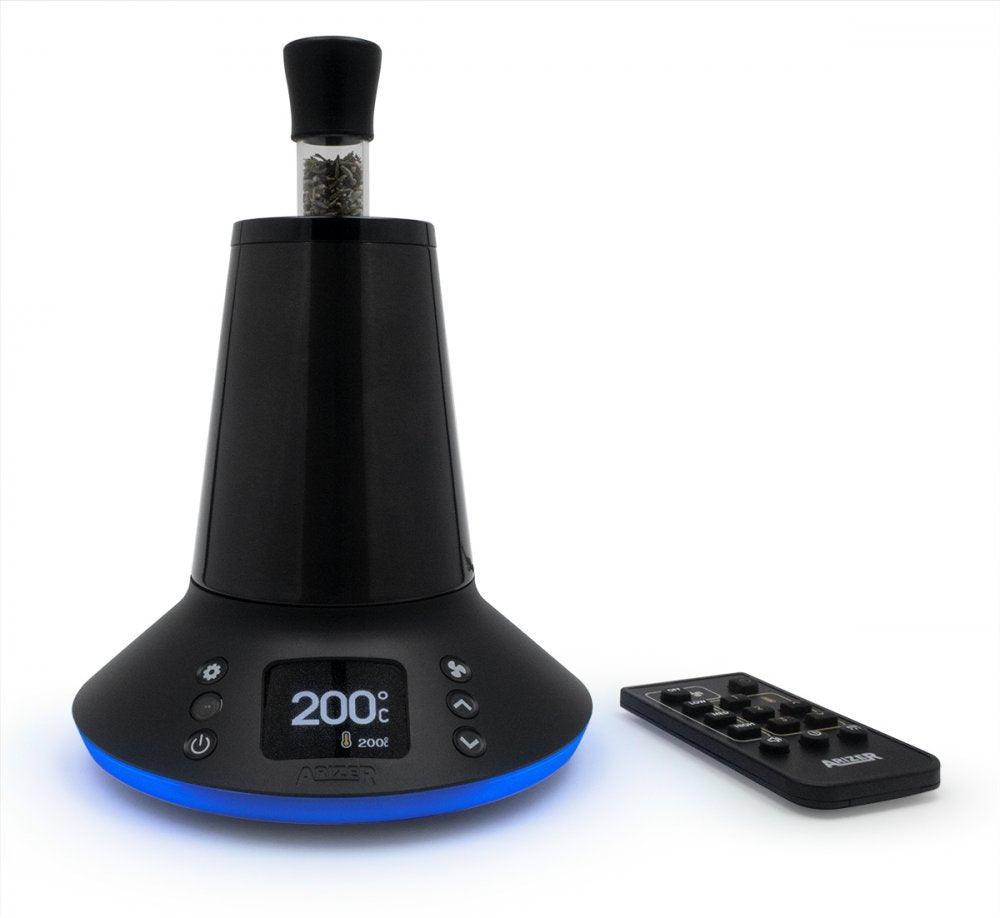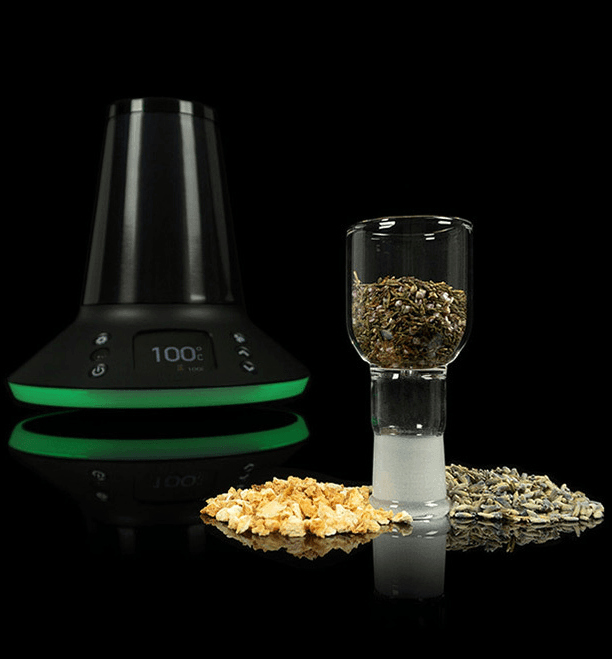What Are Cannabinoids and the Endocannabinoid System?
Cannabinoids are a group of naturally occurring compounds that interact with a biological system found in the human body known as the endocannabinoid system (ECS). While cannabinoids are most commonly associated with the cannabis plant, they also exist in other natural sources and within the body itself.
This article provides an educational overview of cannabinoids and the endocannabinoid system, focusing on their biological role rather than medical or therapeutic claims.
Understanding Cannabinoids
Cannabinoids are chemical compounds that can interact with cannabinoid receptors in the body. Over 100 cannabinoids have been identified in the cannabis plant, with THC (tetrahydrocannabinol) and CBD (cannabidiol) being among the most widely studied.
Cannabinoids are generally grouped into three categories:
-
Endocannabinoids – compounds naturally produced by the human body
-
Phytocannabinoids – compounds found in plants
-
Synthetic cannabinoids – laboratory-produced compounds
Each group interacts with the body differently and is subject to different legal and regulatory frameworks.
What Is the Endocannabinoid System (ECS)?
The endocannabinoid system is a complex cell-signalling system present in the human body. It plays a role in maintaining internal balance (often referred to as homeostasis) by supporting communication between cells and biological systems.
The ECS is composed of three main elements:
-
Cannabinoid receptors
-
Endocannabinoids
-
Enzymes
Together, these components help regulate how endocannabinoids are produced, used, and broken down within the body.
Cannabinoid Receptors: CB1 and CB2
Two primary cannabinoid receptors have been identified:
CB1 Receptors
CB1 receptors are found mainly in the central nervous system, including the brain and spinal cord. They are also present in smaller amounts in other tissues and organs.
CB2 Receptors
CB2 receptors are primarily associated with immune-related tissues, but they are also present in other areas of the body.
These receptors do not act alone; they respond to endocannabinoids produced by the body as part of normal biological processes.
Endocannabinoids Explained
Endocannabinoids are compounds naturally synthesised by the body from fatty acid precursors found in cell membranes. Two of the most commonly referenced endocannabinoids are:
-
Anandamide (AEA)
-
2-Arachidonoylglycerol (2-AG)
Once produced, these compounds interact with cannabinoid receptors before being broken down by enzymes. This process allows the body to regulate signalling in a controlled and temporary way.
Cannabinoids Beyond the Cannabis Plant
While phytocannabinoids are most abundant in cannabis, certain cannabinoid-like compounds or related molecules have been identified in other plants and organisms. These findings continue to be an area of scientific research and do not imply equivalence to cannabis-derived cannabinoids.
Cannabinoids in a Regulatory Context
It is important to distinguish between biological concepts and regulated products.
In Malta and the EU:
-
CBD products are regulated under food supplement and consumer product laws
-
THC-containing products are subject to strict controls
-
Synthetic cannabinoids may be restricted or prohibited
Understanding the science behind cannabinoids does not imply endorsement, medical use, or legality of specific products.
A Note on Research and Ongoing Study
The endocannabinoid system continues to be an active area of scientific research. While studies explore how cannabinoids interact with biological systems, research findings should not be interpreted as medical advice or treatment guidance.
Consumers should rely on qualified healthcare professionals for medical decisions and on official regulatory guidance for product legality.
Final Thoughts
Cannabinoids and the endocannabinoid system represent an important biological discovery that has broadened scientific understanding of how the body maintains internal balance. As research continues, education and regulatory awareness remain essential.
Cannabis Clinics Malta is committed to providing clear, responsible, and compliant educational content within Malta’s legal framework.
Educational Disclaimer
This article is for informational purposes only and does not constitute medical advice. Cannabis Clinics Malta does not promote illegal substances or make medical claims regarding cannabinoids or cannabinoid-containing products.
















